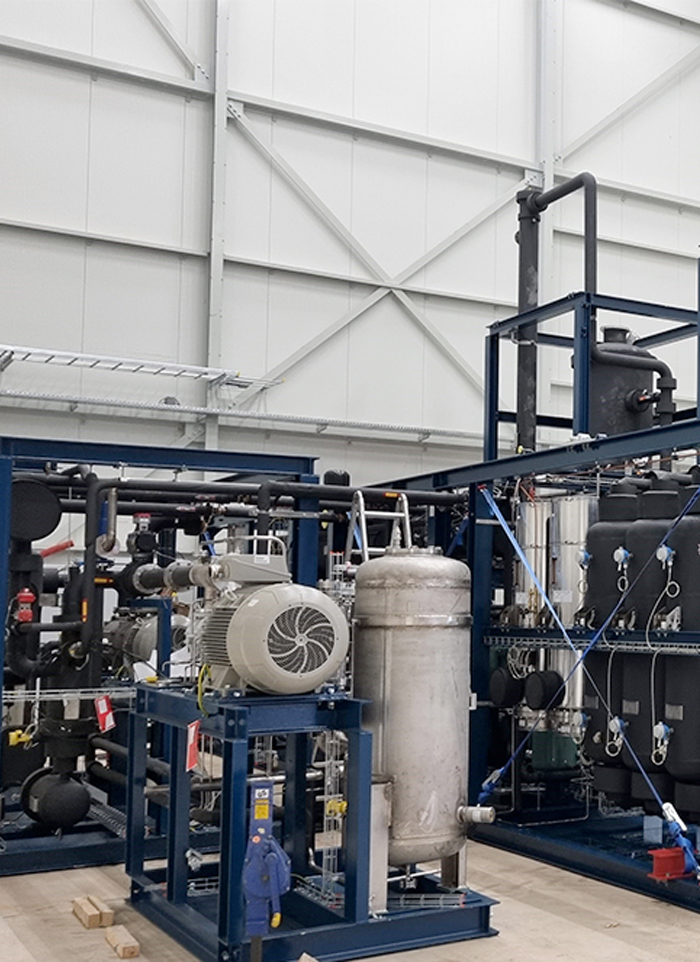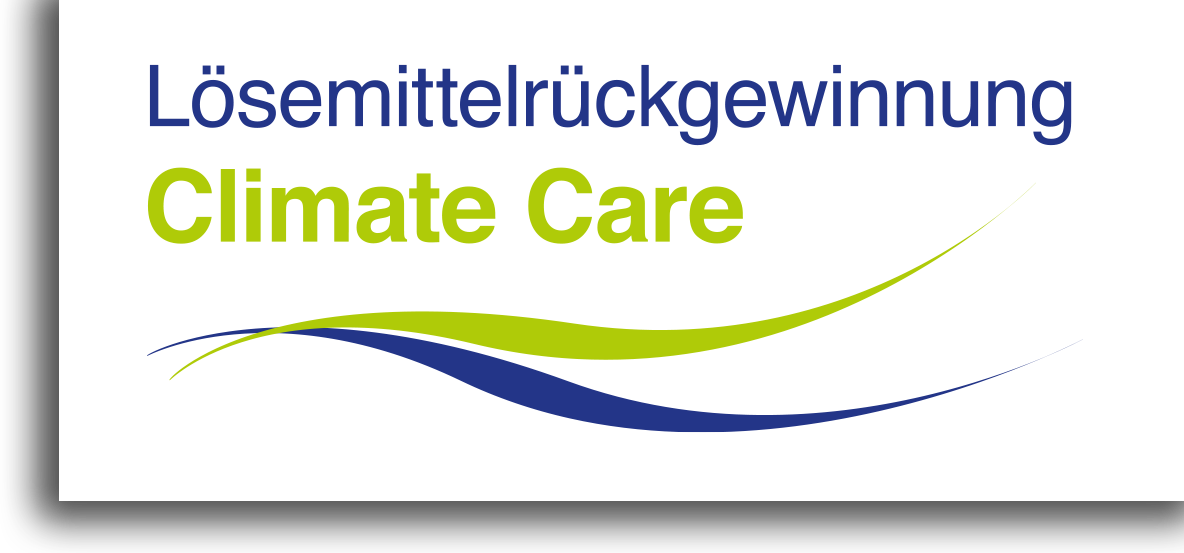
Cooling unit recycling
Professional treatment and proper disposal are required for discarded cooling units. While the discussions of a few years ago mainly centred on the concept of CFCs and the related damage to the ozone layer, today plant engineers and waste disposal site operators have to deal with CFCs, hydrocarbons, HFCs, R11, R12, cyclopentane, R1234yf, R1233zd(E), ammonia and other coolants and propellants. Rapid new developments by manufacturers require continuous advancements in cooling unit recycling expertise.
In Germany alone, millions of old refrigerators and freezers are taken to cooling unit recyclers every year. The coolants and propellants contained in the units are recycled in two main steps and then disposed of properly.

Cooling unit recycling, stage 1: treating the refrigerant
The most important goal in the process of recycling cooling units is to prevent the refrigerants and propellants found in cooling circuits and insulation foams from entering and polluting the atmosphere. To this end, the units are treated in a two-stage process.
In the first stage, the refrigerant-oil mixture is recovered from the cooling circuit of the cooling unit and treated. Special piercing pliers are used to penetrate the cooling circuit and suction the refrigerant-oil mixture out. The systems used in stage 1 separate the refrigerant from the oil so that afterwards, the two components can be disposed of properly.
The systems that Herco has developed for treating refrigerant are in use in more than 40 operations all over the world. The systems cover the entire range of units that require treatment and can be designed for automatic or semi-automatic operation based on customer requirements.
Cooling unit recycling, stage 2: treating the propellant
Older cooling units often contain not only pollutants such as refrigerants in the cooling circuit, but also propellants in the insulation foam. That’s why a two-stage process is so important when recycling cooling units: not only must the refrigerant be suctioned out of the cooling circuit, but the propellants must also be disposed of according to environmental regulations.
The process for recovering the propellants starts with crushing the cooling units. This releases the propellants from the foam. The gases are suctioned out of the crushed units. Then high pressure and low temperatures are used to liquefy the gases. Condensation is used to remove the water first and then the propellant contents. The condensed propellants are poured into special containers and are then disposed of properly.
The Herco systems used in stage 2 are designed to support constant operation, 24 hours a day and 7 days a week. In addition to refrigerant recovery, the system concept also includes energy considerations. For example, the nitrogen required for the recovery process can be returned to the entire process sequence afterwards and used for the inertisation of the crushing plant. The gaseous nitrogen forces the atmospheric oxygen out of the system which restores the system to a safe state.



